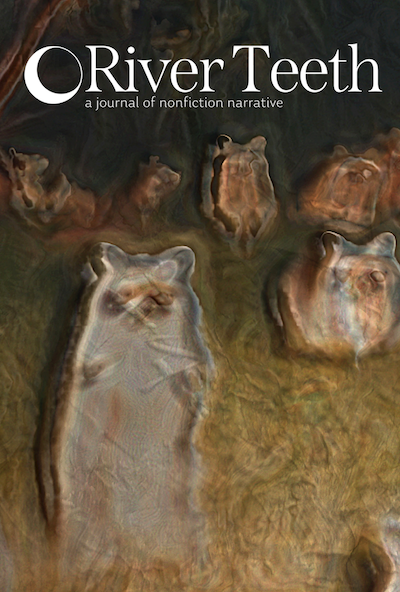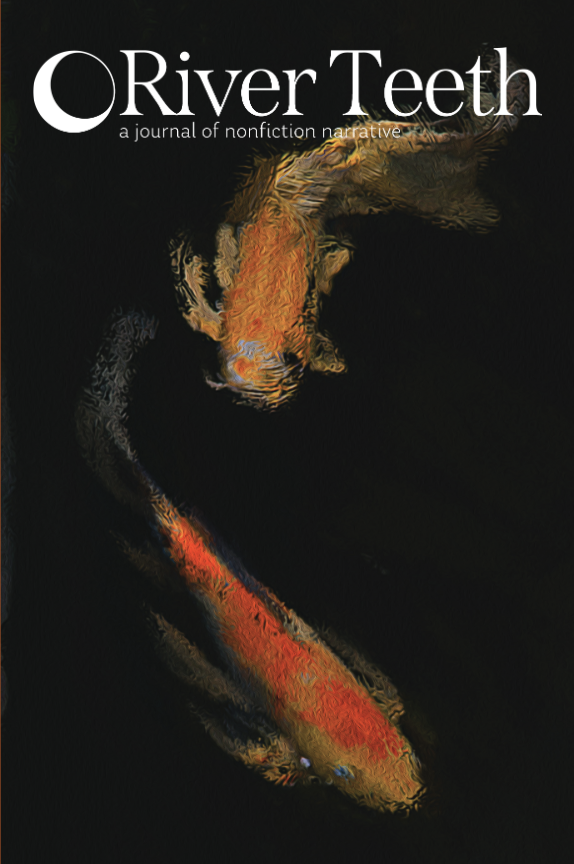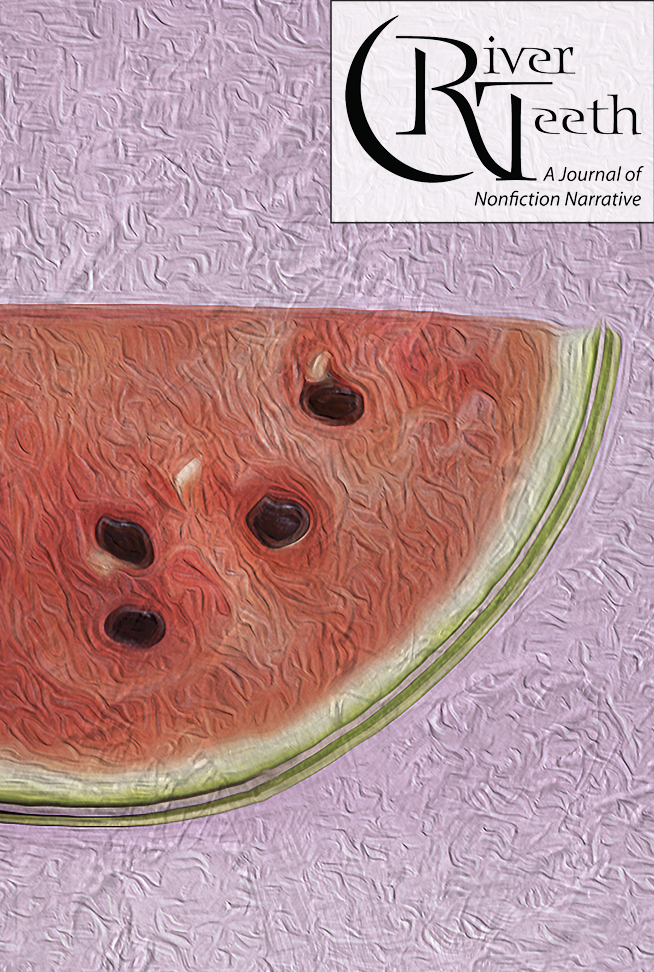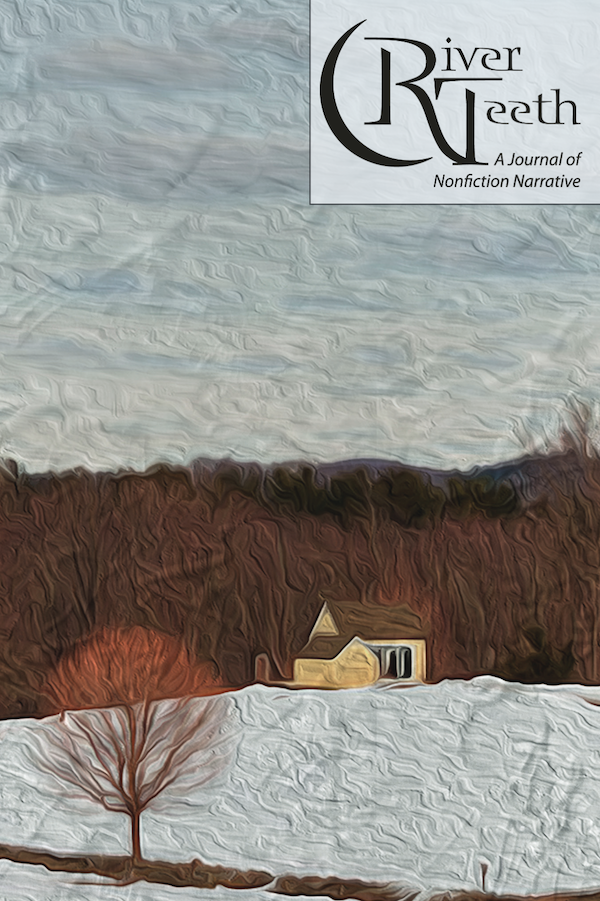By Daniel W. Lehman
The police scanner sounded hard on the newspaper’s deadline—a Beech Bonanza four-seat aircraft had nosedived in the median strip of busy Interstate 64 right outside the city. My job was to hustle to the crash site, see what I could see, and phone in a story to the rewrite desk while they held the top of the front page open for me. At the scene the horror bloomed larger than I had bargained for—a father and mother on holiday had been the plane’s passengers along with two small girls about the age of my then three-year-old daughter. Bodies, suitcases, travel puzzles, pudding pops, and dolls were strewn in tight spirals about the wreckage: devastating impact. I remember it now in a haze even though the morning was bright and clear.
I phoned in a story brimming with poignant details, but when I read the paper later that day and rechecked the crash site I realized that an otherwise accurate account had misjudged all the distances. The impact was much closer to the highway than I had reported, the median strip narrower, the debris half-buried in much tighter spirals.
Simply put, I couldn’t get closer. I had stepped off the scene dutifully and had written feet and yards in my notepad as I had been trained, but despite my careful records my perceptions lied. I simply could not allow myself to be as near to the horror as I was. Close my eyes and try as I might, I still can’t really see the bodies or the detritus of the family holiday that surrounded them.
Later, police, rescue workers, and reporters were offered post-traumatic stress counseling at the University of Virginia Hospital. I went only so I could cover the counseling angle for yet another story—sure I’d been unscathed. Only months afterward did I begin to wonder why I no longer felt my normal zest, why I was skittish around my wife and daughter, why the business of everyday life felt so much like risk. All my stories seemed like dreams.
Real-life writing sometimes is that way: the stakes are high; the details sting.
In this issue of River Teeth we explore these implications of real-life writing with a veteran New Orleans Times-Picayune columnist devastated by the aftermath of Hurricane Katrina. We listen to a young writer who sat in classrooms and shared a campus with the Virginia Tech shooter—and who yearns to bury that inconvenient truth in more convenient fictions. For wider context, we learn from a media scholar about how traumatic events like the Oklahoma City bombing affect the writers who must witness them and who must pass on their truths.
What these journalists and essayists have to say will ring true for anyone who writes nonfiction. Sooner or later in writing real life, something will get to you and won’t let go. When that happens, you learn what it means to tell a true story and to count its costs.
That is the sort of work we have always presented in River Teeth, and so we ask that you join with us as we open our second decade of publication with a new look and a renewed commitment to the task at hand. Here is writing of puzzle and promise—as important as any breath you take, as vital as a trembling new life.
—DWL












